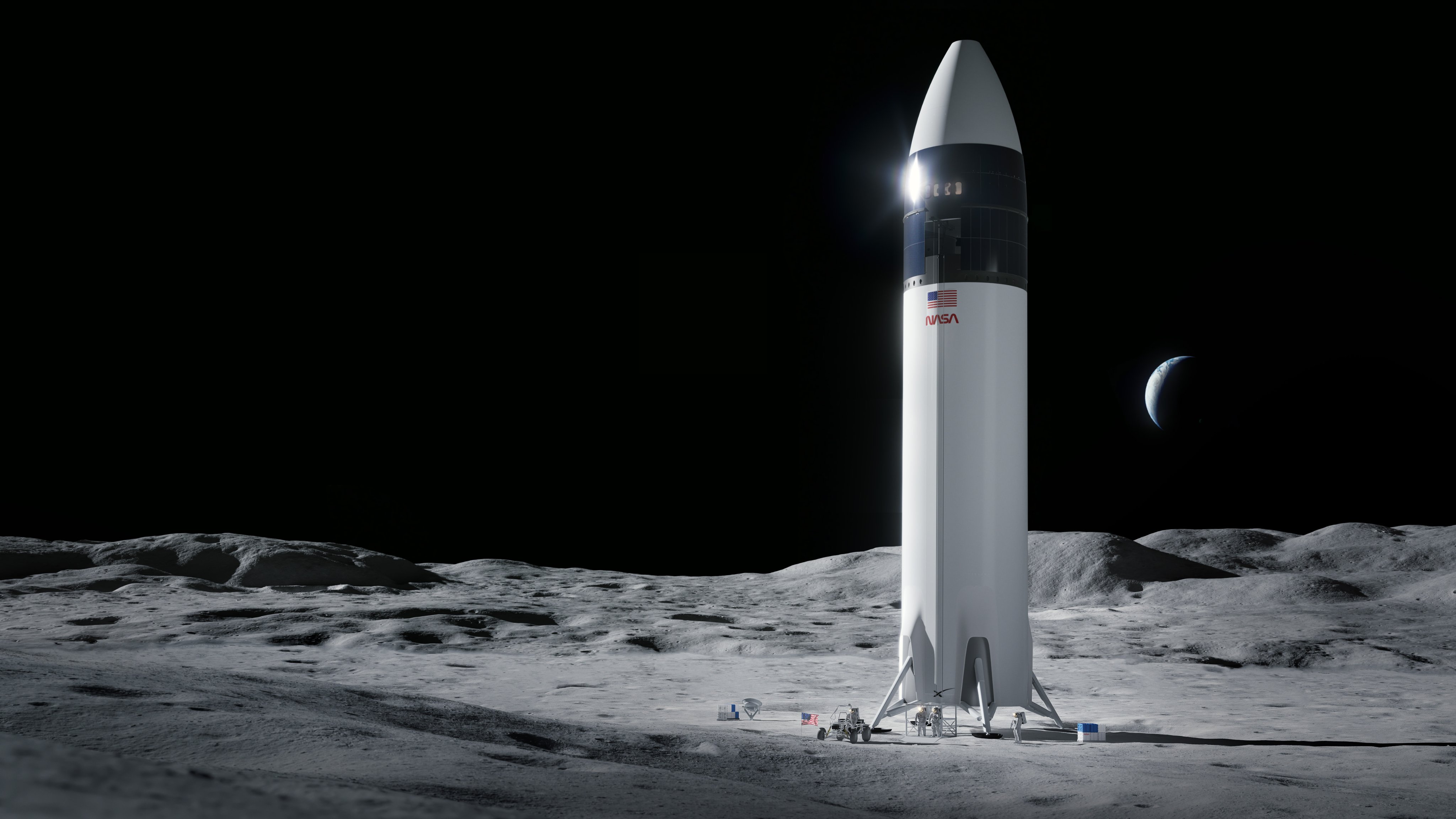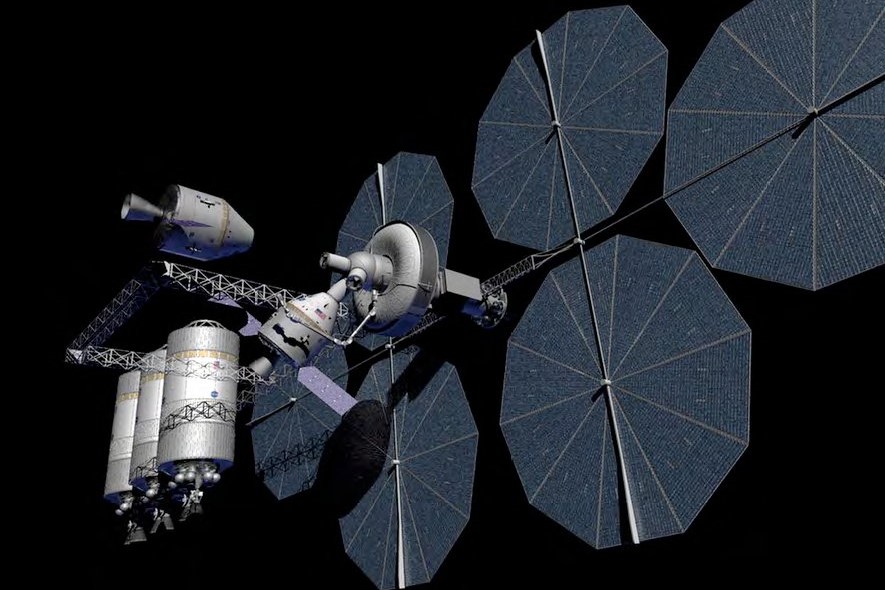
April 19, 2021 —Following developments in space technology requires a seasoned ability to pick the signal from the noise and currently there are noises a plenty; too many to add another semicolon and filter-in the favorites.
The recent decision by NASA to choose SpaceX as “Option A” of the Human Landing System (HLS) to land astronauts on the Moon, is a headline of its own, but for followers of Orbital Refueling (it’s always a question of “when”, not “if”, and “where / which orbit”) the signal of NASA choosing SpaceX is that orbital refueling and depots are an integral part of future plans; sustainable space is the ability to repeat the process, to turn a mission into a procedure. Earth to Lunar transport is the first step in inter-planetary logistics.

NASA concept for orbital propellant depot.
Let the current headline add to the noise and focus on the signals. All entrants in the HLS have developed plans for refueling, SpaceX plans to refuel in LEO while Dynetics chose a high lunar orbit called a Near Rectilinear Halo Orbit. The next missions to the Moon can’t be one-off missions, their expenses justified as demonstrating national prowess. The shift to sustainability and reusability has been made and signaled.
At the Space Commodities Exchange we have foreseen the need for Orbital Refueling and Orbiting Depots and the time to scale-up is now. Much of the supply-chain, and exchange parameters are already in place, and our next step is to build out the depots that will make Orbital Refueling not just a reality, but a routine part of space infrastructure. If you want to find out more, please contact the Space Commodities Exchange.
